Underwater scooters, also known as diver propulsion vehicles (DPVs), offer recreational snorkelers and scuba divers a way to move through water at speeds up to 5 mph, substantially faster than normal swimming.
They extend your dive time by reducing fin-kicking effort, cutting air consumption by as much as 30 percent, and allow explorers to reach depths of 70 m or more depending on the model’s rating.
From budget-friendly entry-level scooters under $500 to professional DPVs exceeding $3,500, there’s a machine for every user—from kids to technical divers.
In this guide, you’ll learn the essential features to compare, top models for 2025, cost considerations, maintenance tips, safety best practices, and the best dive sites to try one out.
Why Everyone’s Buzzing About Underwater Scooters
Underwater scooters let you explore more area in less time by propelling you through the water with dual-propeller systems, rather than relying solely on fin kicks.
Recreational models reach speeds of 3–4 mph, while high-end scooters like the Asiwo U1 can hit over 12 mph underwater.
By maintaining neutral buoyancy and including safety kill-switches, they make diving both safer and more sustainable for your body.
Key Features to Consider When Buying a DPV
Speed and Thrust
-
Entry-Level: Around 45 m/min (≈ 1.7 mph).
-
Advanced Models: Up to 7 km/h (≈ 4.3 mph) or more.
-
Thrust Ratings: Measured in newtons or kilogram-force (kgf); higher thrust helps you punch through currents or carry extra gear.
Battery Life and Run Time
-
Capacities: 126 Wh on budget units (e.g., Asiwo Manta) up to 500 Wh+ on professional DPVs.
-
Runtimes: From 30 minutes on compact scooters to 75 minutes or more on larger models like Asiwo U1.
Depth Rating
-
Recreational: 15–30 m rated, perfect for most reef and wreck dives.
-
Technical: 70 m+ rated, ideal for cave, deep wreck, and technical exploration.
Buoyancy and Safety Features
-
Neutral Buoyancy: Prevents your scooter from sinking or floating away if you let go.
-
Propeller Guards: Protects marine life (and your fingers).
-
Kill-Switch Lanyard: Cuts power if you fall off or need an emergency stop.
-
Battery Management: Built-in protections against overheating and over-discharge.
Portability and Weight
-
Lightweight (< 4 kg): Fits carry-on luggage, friendly for travel and airlines.
-
Heavy (> 10 kg): Longer runtimes but needs dedicated transport cases.
Top Models for 2025
Asiwo Manta
-
Dimensions & Weight: 527 × 213 × 173 mm; 3.5 kg (7.7 lb) with 126 Wh battery.
-
Battery & Runtime: 5 Ah / 25.2 V (126 Wh) pack—up to 35 min on Slow (2 ft/s), 20 min on Middle (3.3 ft/s), 12 min on Fast (5 ft/s).
-
Thrust & Speed: Peak thrust of 9 kgf (≈ 19.8 lb), max speed 5 ft/s (≈ 1.5 m/s).
-
Depth Rating: Waterproof to 40 m (131 ft).
-
Key Features: Enclosed dual-motor design, three speed modes, fully guarded propellers.

Asiwo U1
-
Dual-Function Design: Underwater scooter + booster motor for SUPs and kayaks, with universal fin adapters.
-
Dimensions & Weight: Compact body, 4 kg (8.8 lb) total—easy to carry and mount.
-
Battery & Runtime: 180 Wh pack—up to 60 min underwater on Slow; 80 min in SUP/Kayak mode.
-
Thrust & Speed: 1100 W motor delivers 6 kgf thrust (Slow), 8 kgf (Medium), top speed 10 ft/s (≈ 3 m/s).
-
Depth Rating: Rated to 50 m (164 ft); surface speeds up to 12 km/h (≈ 3.3 m/s).
-
Key Features: Three adjustable speeds, hydrodynamic housing (+ 15 % more thrust), auto-shutoff leash, compatible with 99 % of SUP boards.

Cost and Where to Buy or Rent
-
Buy New: Entry-level sea scooters from $300–$2,000; technical DPVs start around $3,500 and can exceed $7,000.
-
Rentals: Coastal dive shops typically charge $50–$100/day—perfect for a test drive.
-
Second-Hand: Dive-club classifieds and local marketplaces can yield bargains—always check battery health and seals.
Safety Tips and Training
-
Specialty Course: Take a DPV or sea-scooter certification (e.g., PADI DPV) to master emergency procedures and buddy riding.
-
Pre-Dive Check: Test kill-switch, battery level, and prop guards.
-
Plan Turn-Around: Set a point to head back based on remaining runtime.
-
Backup Propulsion: Always carry fins or a pony motor in case of scooter failure.
Best Dive Sites to Use a Scooter
-
Blue Heron Bridge (FL, USA): Shallow, calm, wildlife-loaded—ideal for your first ride.
-
SS Thistlegorm (Red Sea): Expansive wreck where covering distance quickly is a must.
-
Yucatán Cenotes (MX): Underwater rivers and caverns perfect for long scoots.
-
Malta Reefs (Mediterranean): Clear visibility and mild currents showcase speed advantages.
Conclusion
Underwater scooters transform every dive into a dynamic, efficient, and unforgettable experience. By selecting the right blend of speed, battery life, depth rating, and safety features, you can supercharge coral-reef explorations, wreck surveys, or just outrun a surprise current. Whether you choose the compact Asiwo Manta or the versatile Asiwo U1, there’s a DPV tailored to your adventures—from budget snorkeling trips to professional underwater missions.
FAQs
Q: What’s the difference between a sea scooter and a DPV?
Sea scooters are lightweight recreational units ($300–$2,000) for snorkeling and shallow dives; DPVs are larger, technical graders ($3,500+) rated for deeper, longer missions.
Q: How do I choose the right depth rating?
Match the scooter’s maximum depth (e.g., 30 m, 50 m, 70 m) to your dive site’s depth. Exceeding the rating risks pressure damage.
Q: Can I take my scooter on a plane?
Yes—batteries under 100 Wh go in carry-on. Larger packs need airline approval and proper packaging.
Q: How often should I service my DPV?
Rinse after every dive, inspect O-rings before each use, and schedule full maintenance annually with battery replacements every 1–2 years.
Q: Are DPVs safe in currents?
Absolutely—high-thrust models help you navigate or escape currents, but always dive with a buddy, plan routes, and practice safety drills.
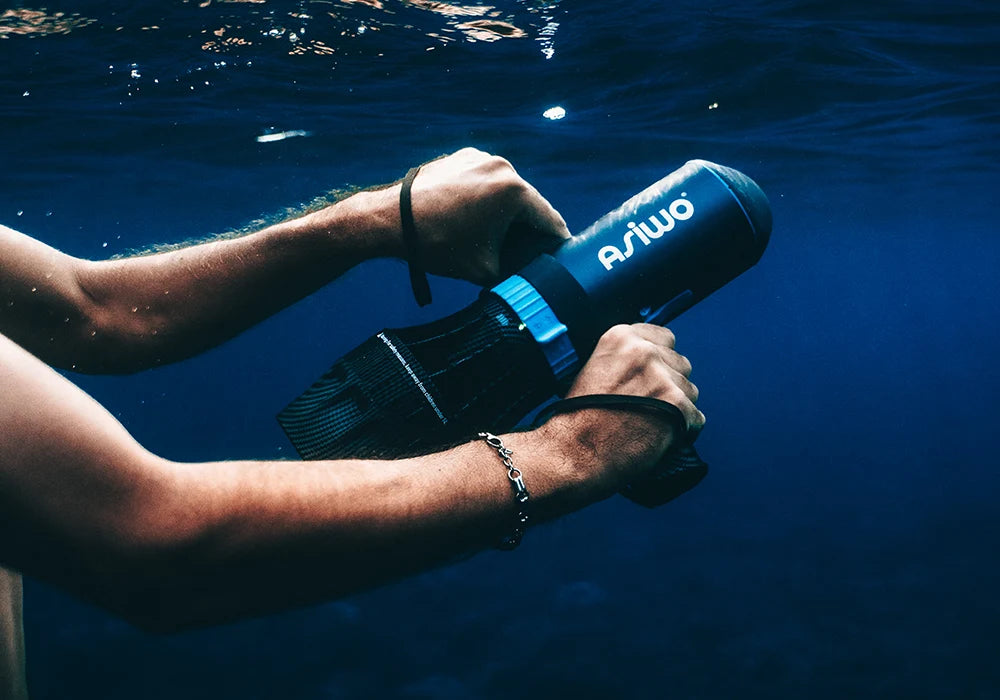




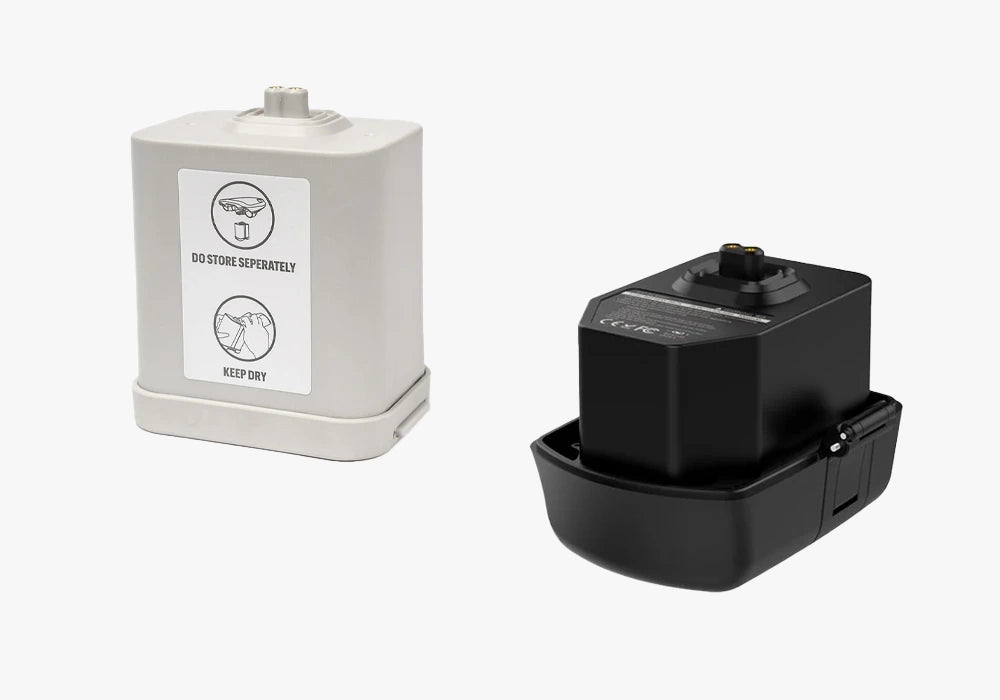





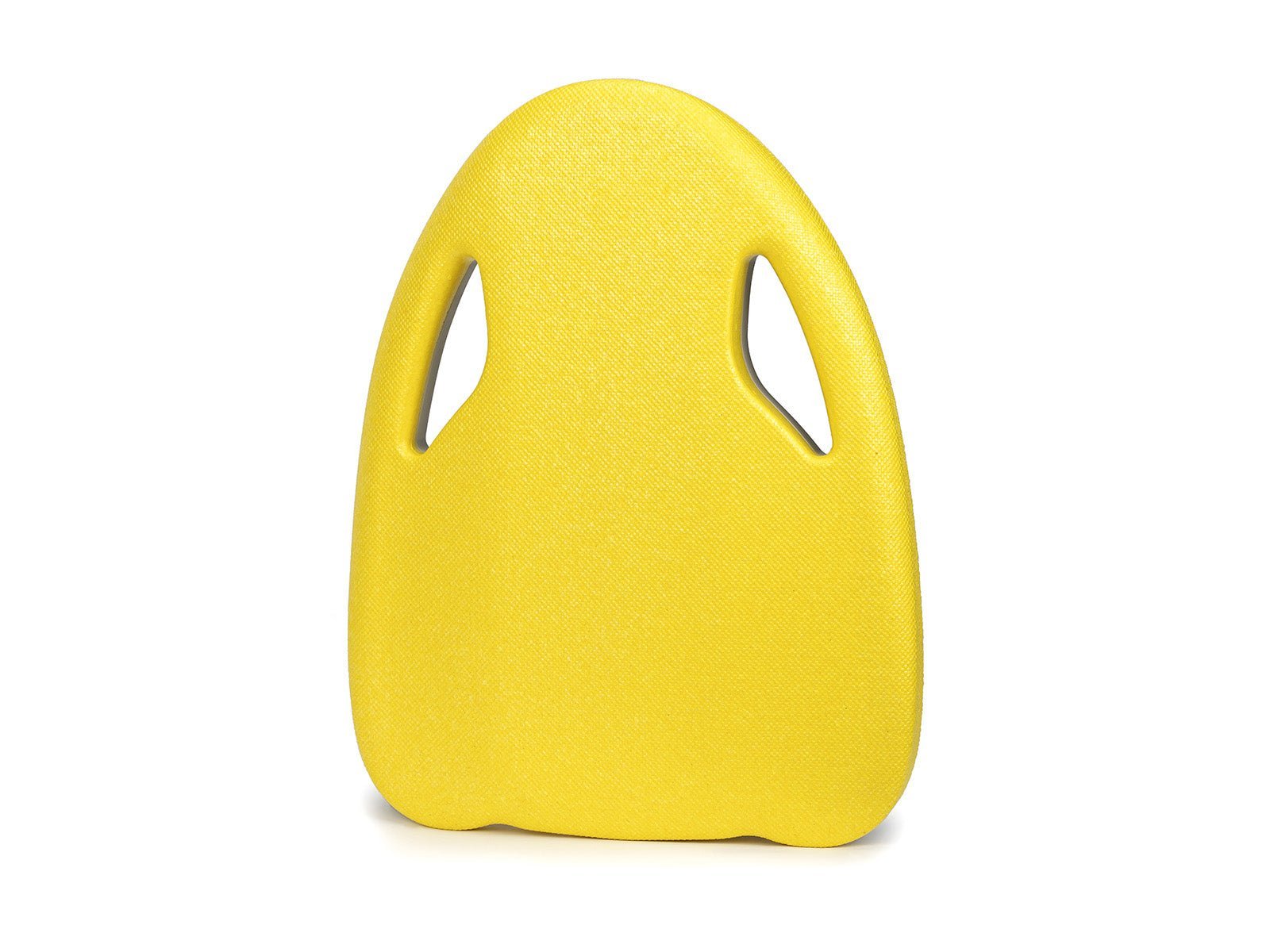
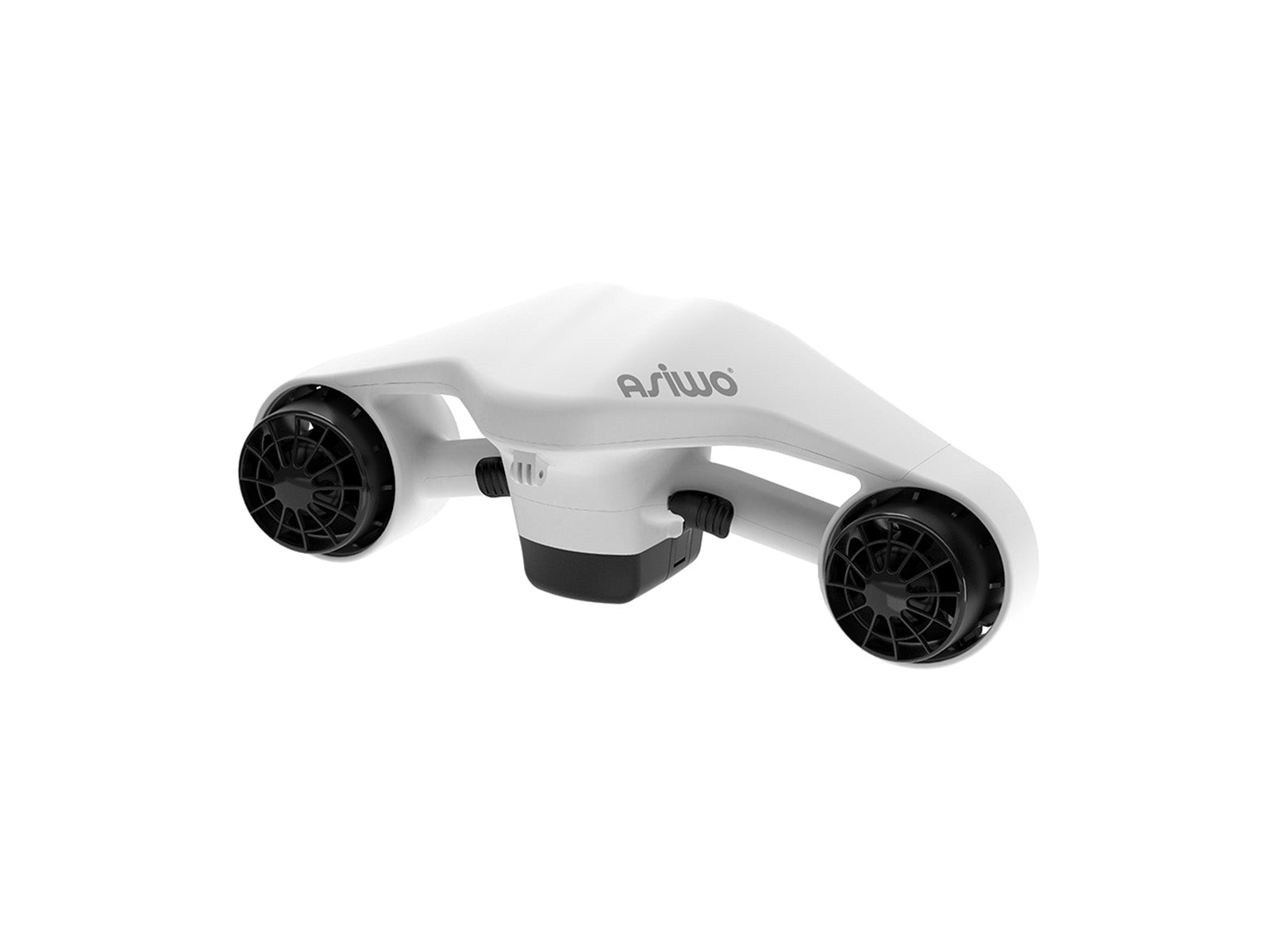
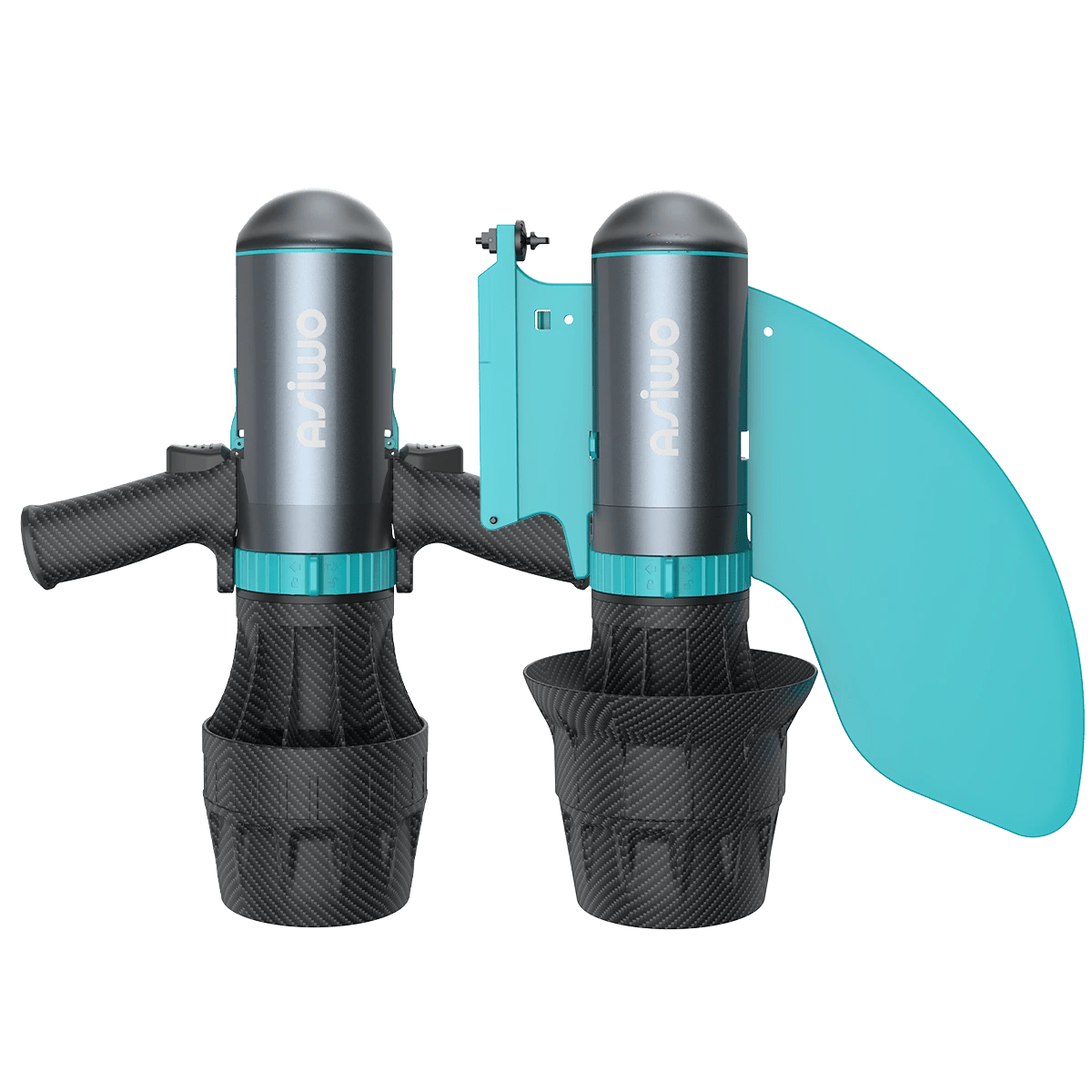



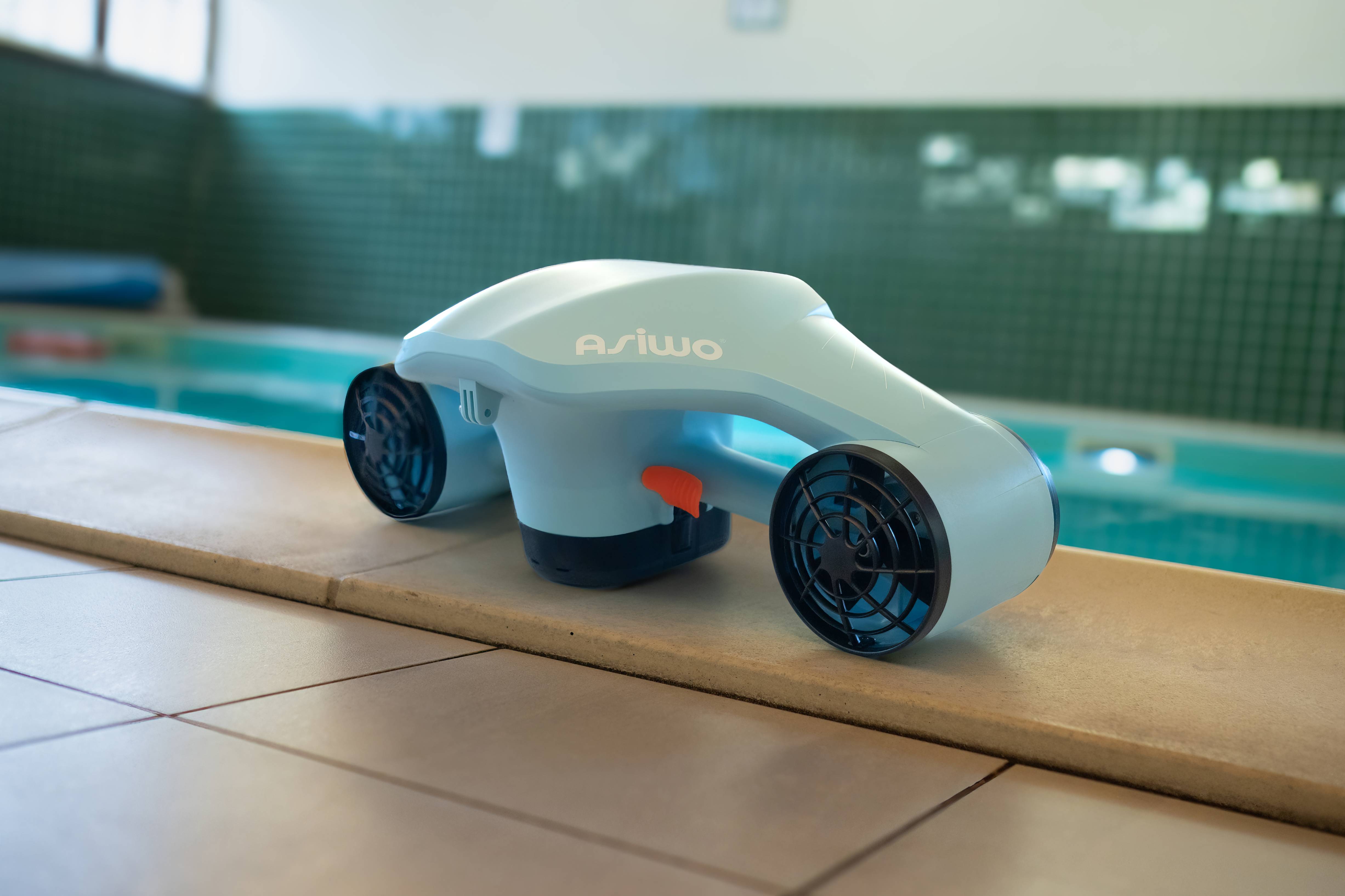
Laissez un commentaire